Flowers
To grow outdoors perennial and annual flowers have adorned the site for a long time, they should be fed regularly. An insufficient amount of useful trace elements leads to a deterioration in their appearance and slows down adaptation after winter.
Annuals must be fertilized two weeks after planting in open ground. Top dressing during planting is prohibited, as the flowers will not be able to adapt. It is important to provide plants with nitrogen - organic fertilizers are suitable:
- ammonium nitrate;
- urea;
- rotted manure solution;
- wood ash.
For spring feeding with minerals, it is best to use preparations in granules, which should be buried in the soil.
Perennials should be fed when the snow melts and the soil dries up a little. Fertilizers must be dosed. Before using a certain type of organic matter, it is important to study the preference of each specific perennial. After feeding, it is worth mulching the soil with straw or grass: this will keep it moist and protect the roots from drying out.
Trees and shrubs
After the winter cold, the plants are weakened, and after the snow melts, many nutrients are released from the soil. In the spring, trees and shrubs, like flowers, need nitrogen fertilizers, thanks to which they can quickly gain green mass, as well as cope with diseases.
Adult fruiting plantations need more useful microelements than young ones.
Fertilizers for fruit trees are applied 3 weeks before their flowering. Ideal for cherries, plums, apple and pear chicken droppingsdiluted with water (1.5 kg per 10 liters). The solution is prepared in two stages:
- Dry droppings are poured into 3 liters of water and left to infuse.
- After 3 days, add another 7 liters and watered the trunks.
Diluted trees work well for stone fruit trees. manure, which is used only after 2 years after collection. Another common type of organic fertilizer is humus... Its amount depends on the type of tree: 30 kg for apple trees, 20 kg mixed with earth for pears. Cherries are fed by scattering humus near the trunks.
If in the fall the soil around the berry bushes was not fertilized, then this should be done in the spring during loosening. Bushes of currants, raspberries and gooseberries are fed with 25-30 g of ammonium nitrate per 1 sq. M.
Lawn
Like any plantings, the lawn also requires feeding: without nutrients, the grass will lose its density. Nitrogen compounds that stimulate growth are applied after the snow melts and the area is cleared of old foliage. For the strength and health of the roots, the lawn needs phosphorus, and to protect against diseases - potassium.
Top dressing can be done by hand, but it is easier and faster to do it with the help of special devices. The modern market offers gardeners a variety of agrochemicals - in the form of granules, powder or liquid. They usually contain all three main elements, are easy to use and economical.
The most beneficial remedy Farmers consider ammonium nitrate, which helps the lawn to wake up and adapt. Start treating your lawn when the air temperature is above 5 degrees.
Garden
It is believed that fertilizers applied in spring provide plantings with nutrition until autumn and directly affect the future harvest. The most important thing is to ensure, with the help of a properly selected feeding, the relationship between plantings and soil microorganisms. The best option "for the start" is a competent combination of mineral and organic fertilizers.
As soon as the snow melts, the natural top dressing (compost, ash, humus, peat) harvested in the fall can already be distributed over the beds. Rotted manure is also suitable - it should be scattered two days before digging.
It is important not to overdo it and not "overfeed" the young plantations with organic matter. With its excess, the plants turn yellow, their stem darkens, and plaque appears in the lower part. These signs indicate the appearance of a fungus.
Potassium and phosphorus are also important for the initial stage of seedling development. When there is a lot of nitrogen, the nutritional balance should be restored with the help of ready-made mineral fertilizers, the amount of which is important to carefully calculate:
- Superphosphate is added in proportions of 250 g per sq. m.
- Wood ash - 200 g per sq. m.
- Saltpeter or urea (if the plants did not receive organic fertilizers) - 300 g per sq. m.
Competent spring feeding of plants will provide your garden with long flowering and a bountiful harvest.

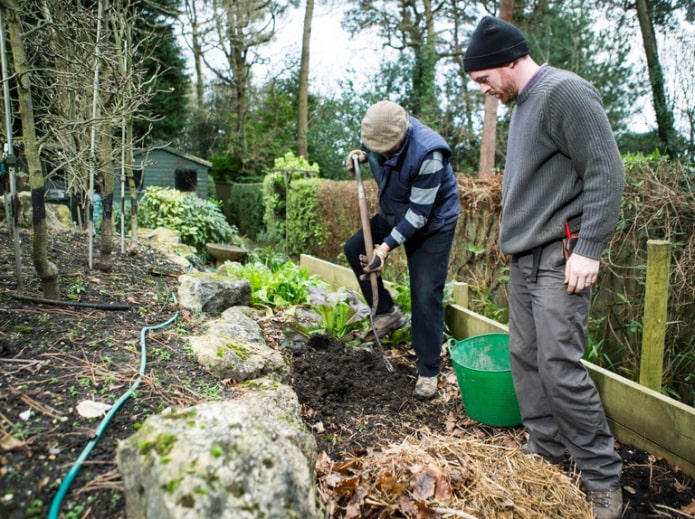
 10 practical tips for arranging a small kitchen in the country
10 practical tips for arranging a small kitchen in the country
 12 simple ideas for a small garden that will make it visually spacious
12 simple ideas for a small garden that will make it visually spacious

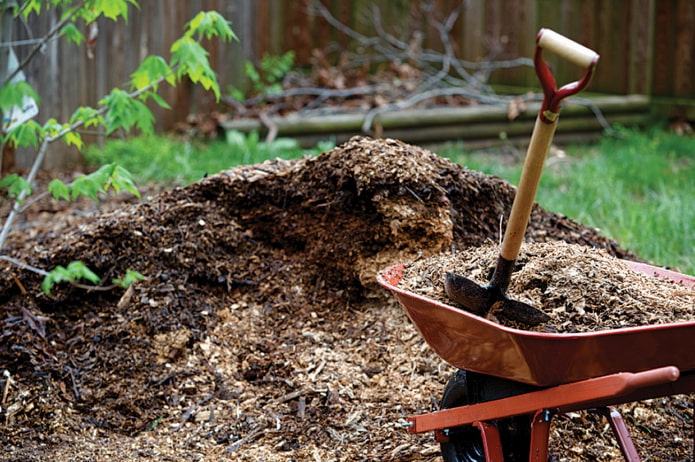


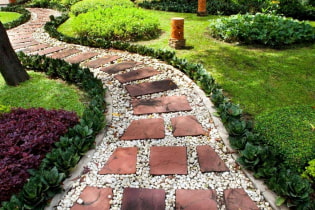 How to decorate garden paths beautifully for a summer residence?
How to decorate garden paths beautifully for a summer residence? How to use gabions on the site?
How to use gabions on the site?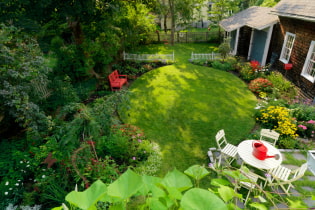 Landscaping of a summer cottage on 6 acres
Landscaping of a summer cottage on 6 acres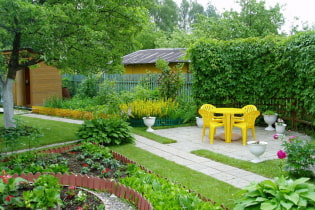 How to arrange the landscape design of a suburban area of 4 ares?
How to arrange the landscape design of a suburban area of 4 ares?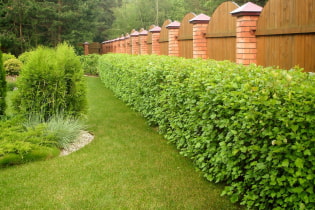 What plants can you make a hedge?
What plants can you make a hedge?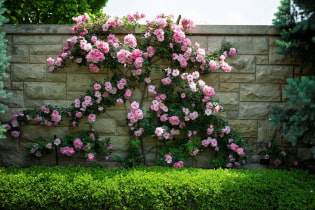 17 fast growing climbing plants to pick up
17 fast growing climbing plants to pick up